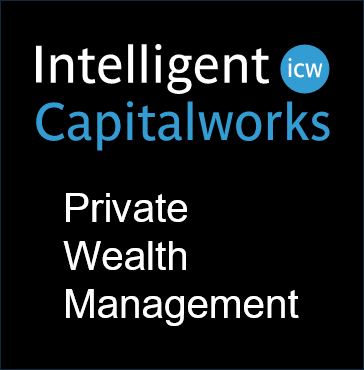If you use a budget, then you know it’s one of the great tools for helping you better manage your cash flow, especially when living off of investment income. If you piggy-back your budget with a second tool ‒ a saving and spending policy ‒ then you can better meet your savings goals and protect the capital base of your investment portfolio.
While a budget’s primary purpose is to help alert you to overspending, a saving and spending policy helps you to better capture the savings and match the nature of your expenses with the nature of your investment income. For instance, without a savings plan complementing your budget, you might not actually put money into savings, even though you’ve budgeted the savings. Conversely, having a spending plan can keep you from burning through your savings in retirement.
Think of your saving and spending policy as the middle manager who makes sure the CEO’s strategic vision actually gets carried out and implemented.
Saving and spending policies are designed around three budget categories: fixed (non-discretionary) spending, variable (discretionary) spending, and savings (investment).
Fixed spending includes:
- housing expenses
- debt repayment
- life, disability, property & casualty, health, liability and long-term care insurance
- income and property taxes
- transportation
- medical and dental
- personal service providers
- food and clothing
- parental and child support
Variable spending includes:
- entertainment
- travel and vacation
- gifts and contributions
- replacement of durable goods
Savings consists of:
- pre-tax qualified plans (401k, 403b, pension and profit-sharing plans)
- traditional and Roth IRAs
- after-tax investments
Your saving and spending policy routes your income into the three budget categories in a disciplined way. Let’s use retirement savings as an example.
Successful saving depends on “paying yourself first” by setting aside part of your income at the beginning ‒ not the end ‒ of your budget period. You may know from experience that it’s virtually impossible to save what’s left over at the end of the month. That’s because there’s never anything left over!
The showcase for the “pay yourself first” approach is workplace retirement plans. Those who have a portion of their income automatically contributed to their 401(k) end up with significant balances in their accounts. Without the automatic deposits, most employees’ balances would be small or non-existent.
Your saving and spending plan works the same way, forcing you to pay yourself first by, for example, setting up automatic contributions to your investment account.
Our second example involves discretionary spending. Many retirees get into trouble by buying the luxuries they want without regard to whether they’re generating enough investment income to pay for them.
Retirees living off of their investments should use predictable income such as interest and dividend payments to pay for non-discretionary spending. On the other hand, discretionary spending should be paid for with realized capital gains from your investments.
The catch is that capital gains are erratic and unpredictable. Unfortunately, many retirees spend based upon an average return they are targeting over the long term, without regard to whether or not such gains have actually occurred. This obviously eats into their capital base when the expected gains do not materialize. Eating into the bedrock capital that generates your future interest, dividends and capital gains is never good.
The solution is to pursue your discretionary spending this year based on the capital gains you harvested and placed in cash from the previous year. If there were gains, then pursue your discretionary spending goals. If the gains didn’t materialize ‒ and they don’t about one year in every three on average ‒ then defer your discretionary spending until you have gains you have harvested.
The bottom line: A saving and spending policy as an overlay to your budget can help provide the framework and discipline to help ensure that you meet your current needs while also preparing for a financially healthy future. If you would like help developing a saving and spending policy, we may be able to help. That’s just part of what we do.



















